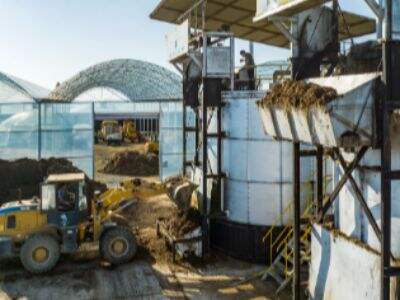Climate change is a huge issue that impacts the weather and our environment. Farmers have to figure out how to continue to grow food in a changing climate. This is what Climate-Smart Agriculture (CSA) supports. CSA is a style of farming that allows farmers to adjust to a changing climate, so they can grow enough food for everyone.
How CSA Can Help Farmers
In a world getting warmer, farmers need to figure out ways to grow more food. CSA models can help them to achieve this. Farmers environmental protection can make their farms climate-resilient using CSA methods. That means the land is capable of producing good crops even under differing weather conditions.
Initia1 CSA strategies on the farm
It’s easier than you’d think to implement CSA strategies on the farm. Farmers can begin with things like crop rotation, planting different crops in the same field each year. And that keeps the soil healthy, and reduces the chemical need. Farmers agriculture can also plant cover crops, which can shield soil and keep nutrients locked within it.
How CSA Helps the Environment
CSA is all about sustainability. It means ensuring that farmers can keep growing food for a very long time without doing damage to the environment. One means is through organic farming. Organic fertilizer farming relies on natural methods to manage pests and weeds, instead of chemicals. This helps maintain a healthy soil and it is good for our water and air.
As the climate changes, farmers must find new ways to adapt.
The CSA approach can assist them to deal effectively with a changing climate. Through techniques like water saving and agroforestry, farmers can also protect their crops from disastrous weather conditions such as droughts and floods. That means that, even in different weather, farmers could grow enough food for everyone.

 EN
EN
 FR
FR
 DE
DE
 IT
IT
 AR
AR
 HR
HR
 DA
DA
 NL
NL
 FI
FI
 HI
HI
 JA
JA
 KO
KO
 PT
PT
 RU
RU
 ES
ES
 SV
SV
 TL
TL
 IW
IW
 ID
ID
 SR
SR
 UK
UK
 VI
VI
 HU
HU
 TH
TH
 TR
TR
 FA
FA
 AF
AF
 MS
MS
 GA
GA
 CY
CY
 AZ
AZ
 BN
BN
 KM
KM
 LO
LO
 LA
LA
 MR
MR
 NE
NE
 MY
MY
 KK
KK
 UZ
UZ
